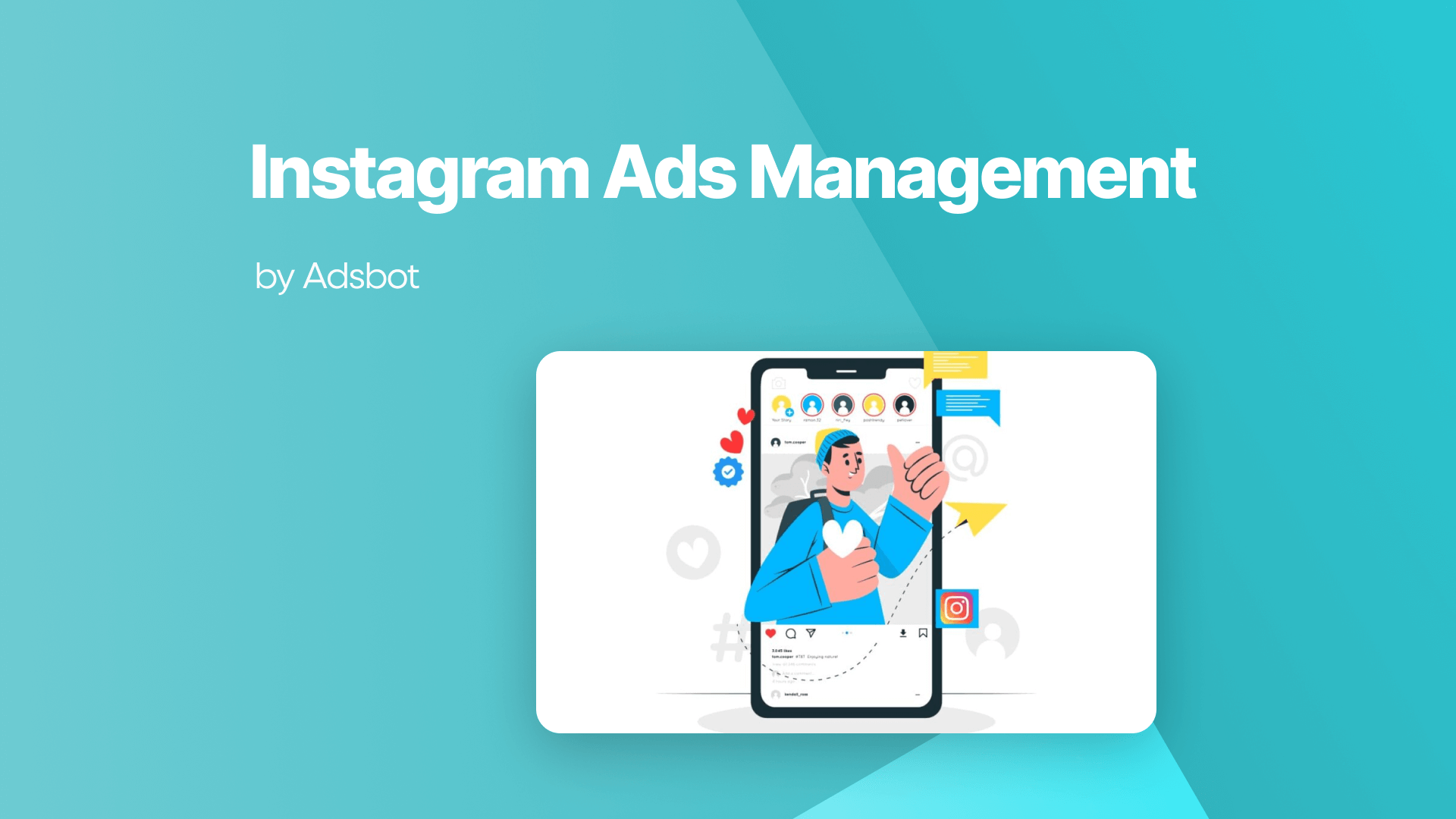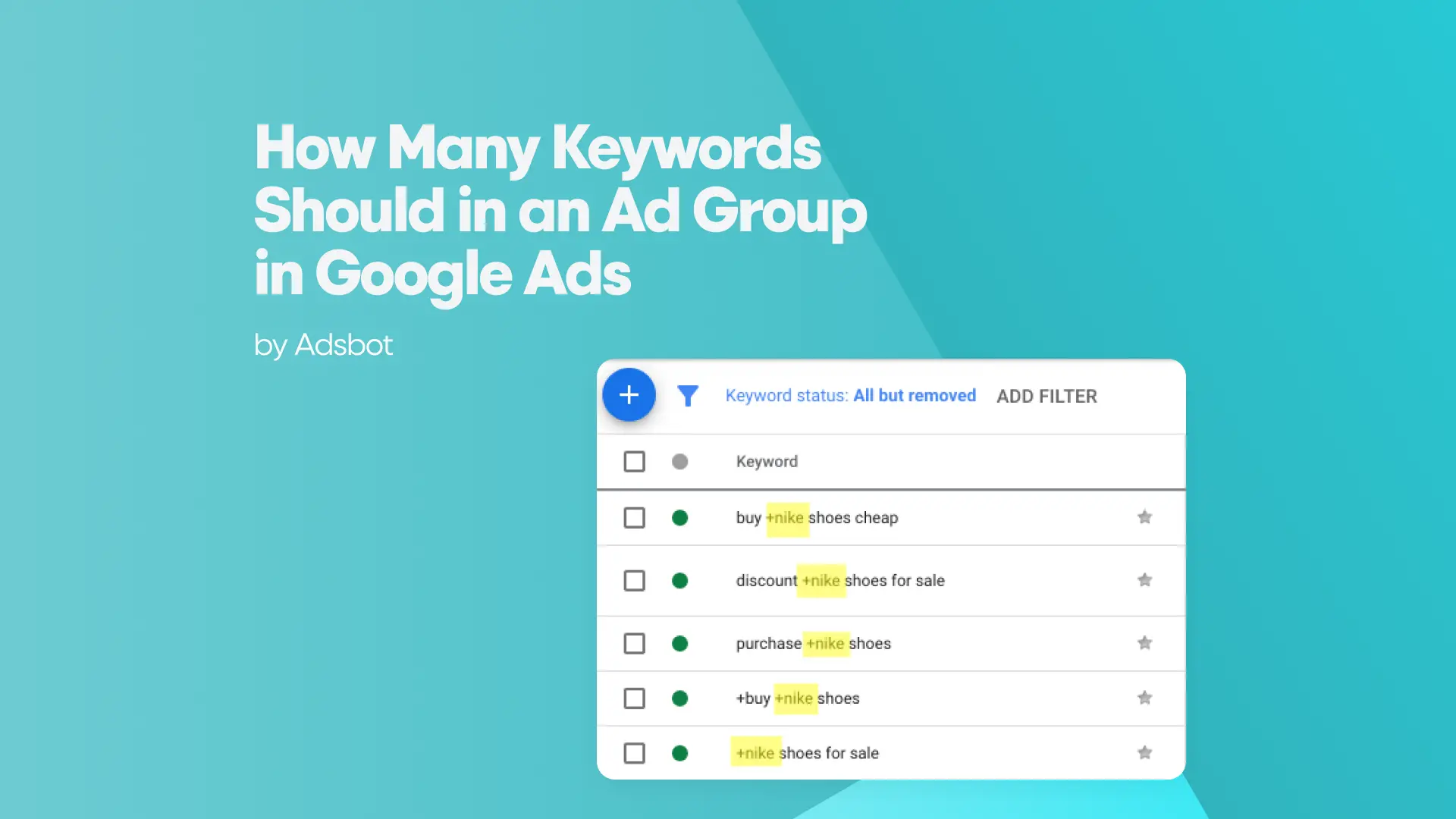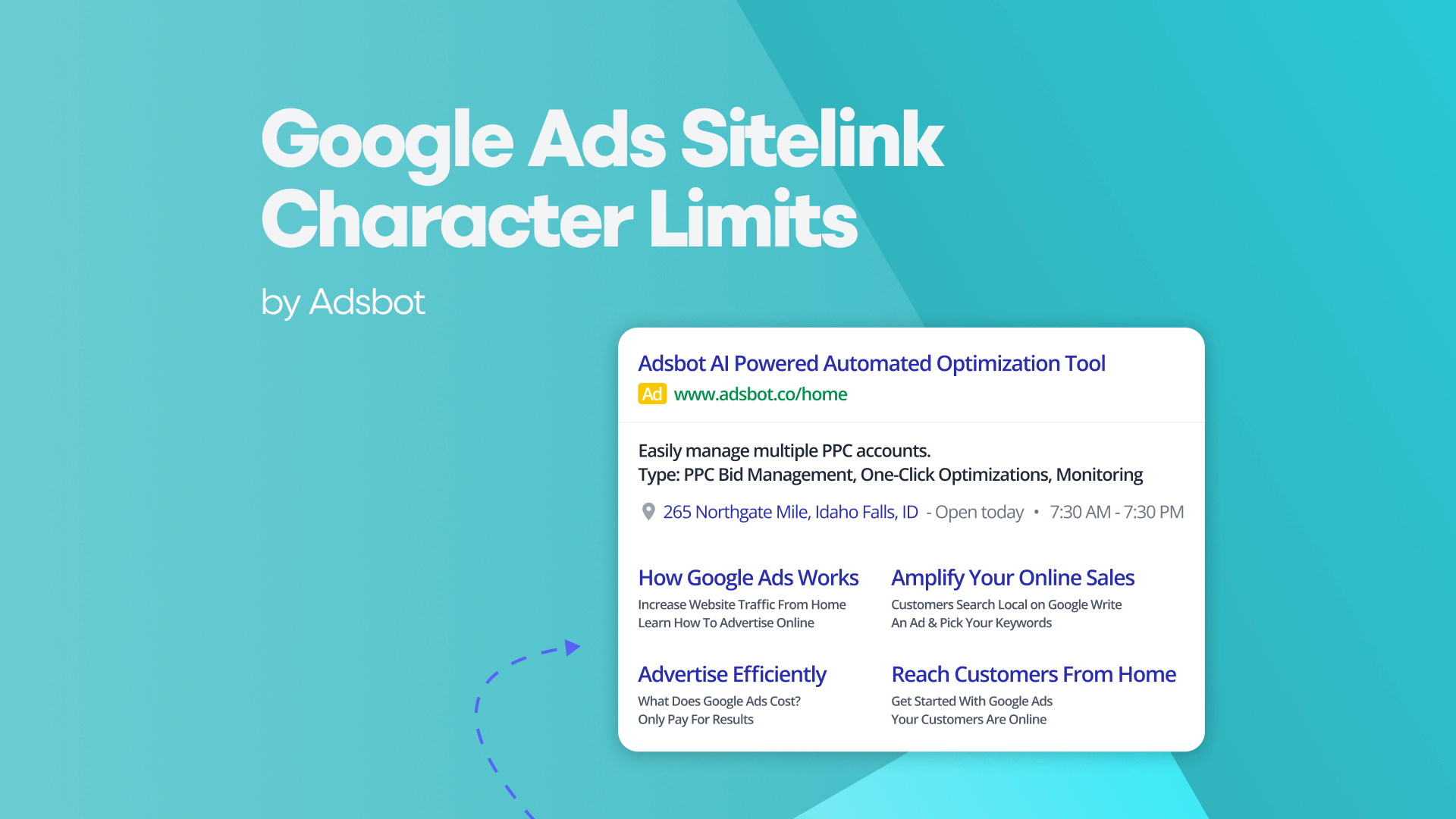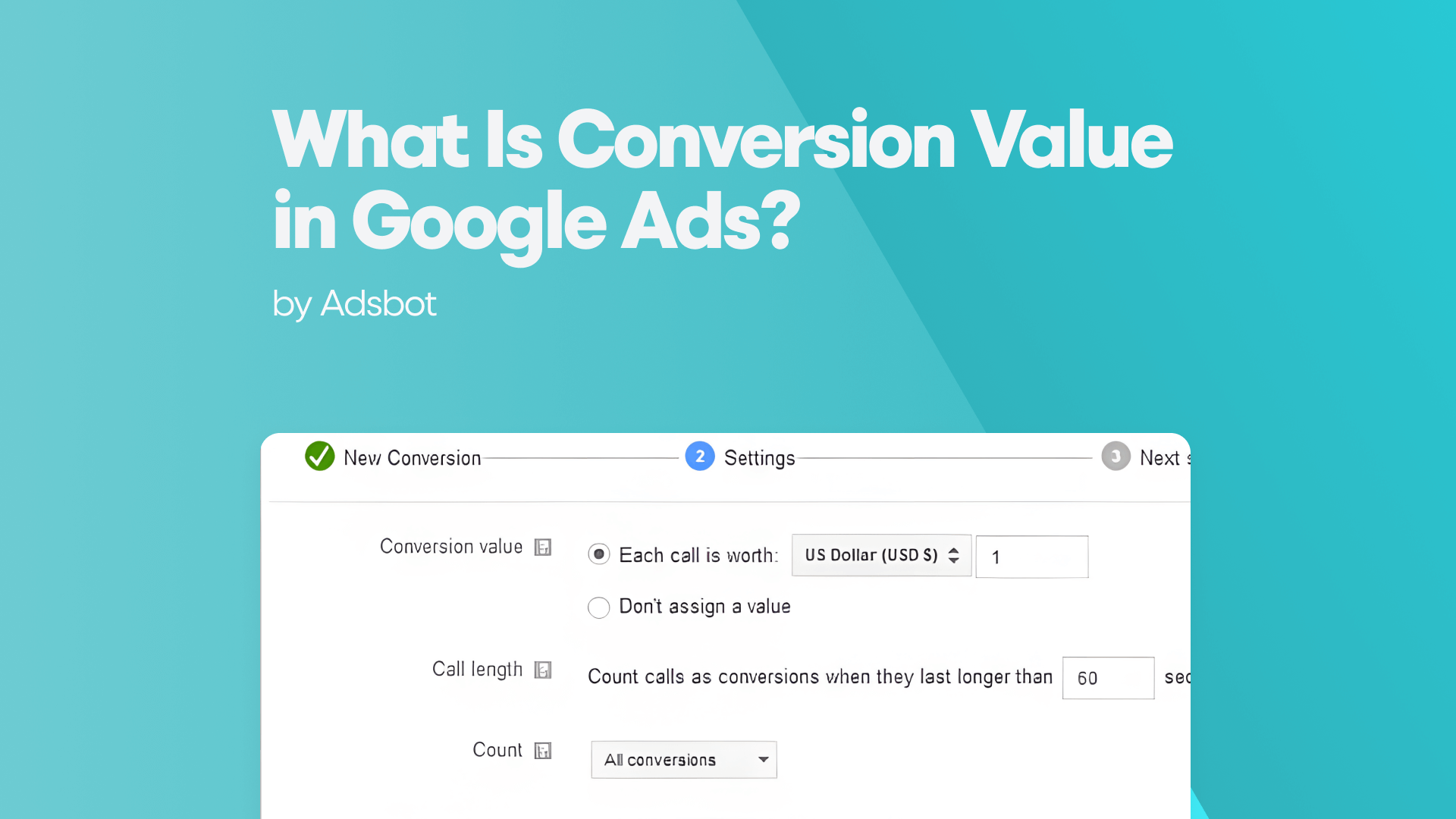With its 2 billion monthly active users scrolling through Instagram daily, the platform has evolved from a simple photo-sharing app into a powerhouse for advertisers. Whether you’re a small business owner, a seasoned marketer, or an aspiring influencer, mastering Instagram Ads Management can be the difference between obscurity and explosive growth. But here’s the catch: 90% of Instagram ads fail to deliver results, not because the platform lacks potential, but because most advertisers don’t know how to leverage its tools effectively.
Imagine reaching your ideal customers with laser precision, turning casual scrollers into loyal buyers, and scaling your revenue, all while keeping costs under control. Sounds too good to be true? It’s not. With the right strategy, Instagram ads can generate 3x higher engagement rates than other social platforms, making it the #1 choice for brands looking to maximize ROI. But where do you start? How do you navigate the complex world of Instagram Ads Manager, craft compelling creatives, and optimize campaigns for peak performance?
This comprehensive guide breaks down everything you need to know, from setting up your first campaign to advanced optimization techniques used by top-tier marketers. By the end, you’ll have a step-by-step blueprint to launch, manage, and scale Instagram ads that convert like crazy. Ready to transform your advertising game? Let’s dive in.
Understanding Instagram Ads Manager and Its Features
At the heart of every successful Instagram ad campaign lies Instagram Ads Manager, a robust tool integrated within Meta’s advertising ecosystem that allows businesses to create, monitor, and optimize ads across Instagram and Facebook. Unlike the simplified “Promote” button available on individual posts, Ads Manager provides granular control over targeting, budgeting, placements, and performance analytics, making it indispensable for serious advertisers. The platform operates seamlessly with Facebook Ads Manager, meaning you can manage Instagram ads alongside Facebook campaigns in a unified dashboard, streamlining workflows and maximizing cross-platform synergy.
One of the standout features of Instagram Ads Manager is its advanced audience targeting capabilities, which leverage Meta’s vast data trove to help advertisers reach users based on demographics, interests, behaviors, and even past interactions with your brand. Additionally, the automated placements feature intelligently distributes your ads across Instagram’s Feeds, Stories, Reels, and Explore tabs, ensuring optimal visibility without manual adjustments. For those seeking deeper insights, the Analytics Dashboard offers real-time metrics on impressions, click-through rates (CTR), conversions, and cost-per-result (CPR), empowering data-driven decision-making. Moreover, the A/B testing tool allows you to experiment with different ad variations, such as images, captions, or audience segments, to identify what resonates best with your target market. Whether you’re running a small local promotion or a global brand campaign, mastering these features is the first step toward Instagram ads success.
Setting Objectives for Your Instagram Advertising Campaigns
Before diving into ad creation, defining clear, measurable objectives is critical to ensuring your Instagram campaigns align with your broader business goals. Without a well-defined purpose, even the most visually stunning ads can fall flat, wasting budget and missing opportunities. Instagram Ads Manager offers six primary campaign objectives, each tailored to different stages of the customer journey: Awareness, Traffic, Engagement, Leads, App Installs, and Sales. Selecting the right objective isn’t just a formality; it dictates how Instagram’s algorithm optimizes your ad delivery, who sees your content, and what actions they’re encouraged to take.
For instance, if your goal is to boost brand visibility, an Awareness campaign will prioritize reaching the maximum number of users likely to recall your ad, while a Traffic objective is ideal for driving clicks to your website or landing page. Meanwhile, Engagement campaigns are perfect for increasing likes, comments, and shares, fostering community interaction around your brand. For e-commerce businesses, the Sales objective leverages Instagram’s Shop Now buttons and dynamic product ads to directly drive purchases, while Lead Generation campaigns simplify the process of collecting user information through instant forms. The key to success lies in matching your objective to your funnel stage, top-of-funnel (TOFU) goals like awareness require broader targeting, whereas bottom-of-funnel (BOFU) objectives like sales demand highly specific audience segmentation. By aligning your campaign objectives with your marketing KPIs, you set the foundation for high-performing, cost-effective ads that deliver tangible results.
Target Audience: How to Reach the Right Customers on Instagram
Precise audience targeting is the backbone of any high-converting Instagram ad campaign, as even the most compelling creative will underperform if shown to the wrong people. Other key factors include:
- Demographic Filters: Narrow your audience by age, gender, location, language, and even education or job titles to ensure your ads reach users who match your ideal customer profile. For example, a luxury skincare brand might target women aged 25-45 in high-income zip codes, while a gaming app could focus on males aged 18-30 interested in esports.
- Interest-Based Targeting: Leverage Instagram’s data on user behaviors and preferences to target audiences based on their hobbies, favorite brands, or content they engage with. A fitness apparel company, for instance, could target users who follow gym influencers or interact with workout-related posts.
- Behavioral Targeting: Go beyond interests by focusing on purchase behaviors, device usage, or travel patterns. Retargeting users who’ve visited your website but didn’t convert (via Facebook Pixel) or targeting frequent online shoppers can significantly boost conversion rates.
- Lookalike Audiences: Upload your existing customer data (email lists, phone numbers, or Pixel data) to create Lookalike Audiences, users who share similarities with your best customers. This strategy is particularly effective for scaling campaigns while maintaining high relevance.
- Custom Audiences: Retarget users who’ve already interacted with your brand, such as past purchasers, email subscribers, or Instagram profile visitors. These warm audiences are 3-5x more likely to convert than cold traffic, making them a goldmine for ROI.
To refine your targeting further, combine multiple layers, such as demographics + interests + behaviors, to create hyper-specific audience segments. For example, a vegan meal delivery service could target women aged 25-40 in urban areas who follow plant-based influencers and frequently purchase organic groceries online. Always test and iterate on your audiences, using Instagram’s Audience Insights tool to analyze performance data and adjust your strategy. Remember: The more relevant your audience, the lower your cost-per-click (CPC) and the higher your return on ad spend (ROAS).
Creating Engaging Ad Content That Converts
In the fast-scrolling world of Instagram, your ad has less than 3 seconds to capture attention, meaning your creative must be visually arresting, emotionally compelling, and instantly communicative of your value proposition. High-performing Instagram ads share several key traits: crisp, high-resolution visuals, concise yet persuasive copy, and a clear call-to-action (CTA) that guides users toward the next step. Whether you’re using static images, carousel ads, videos, or Stories, your content should align with your brand’s aesthetic while standing out in a crowded feed. For example, video ads (especially short-form Reels) tend to outperform static images, with 60% higher engagement rates, thanks to their dynamic nature and ability to convey more information in a short span.
The ad copy plays an equally crucial role; it should be benefit-driven, conversational, and tailored to your audience’s pain points. Instead of generic statements like “Buy our product,” opt for emotionally charged language such as “Tired of dull skin? Get a glowing complexion in 7 days, guaranteed.” Incorporating social proof (e.g., “Join 50,000 happy customers”) or urgency (e.g., “Limited-time offer!”) can further boost conversions. Additionally, A/B test different creatives, such as lifestyle images vs. product close-ups or humorous tones vs. inspirational messaging, to identify what resonates best with your audience. Don’t overlook the power of user-generated content (UGC), either; ads featuring real customers or influencers can increase trust and authenticity, leading to higher conversion rates. Finally, ensure your landing page or destination matches the ad’s promise; a seamless user experience from ad to checkout is essential for maximizing conversions.
Optimizing Instagram Ads for Better Reach and Engagement
Launching your Instagram ad is just the beginning; continuous optimization is what separates mediocre campaigns from high-performing ones. Start by monitoring key performance indicators (KPIs) such as click-through rate (CTR), conversion rate, cost per click (CPC), and return on ad spend (ROAS) to gauge your ad’s effectiveness. If your CTR is below 1-2%, it’s a sign that your creative or targeting needs refinement. Split testing (or A/B testing) is a powerful optimization tactic. Experiment with different ad formats, headlines, images, or audience segments to identify the winning combination. For instance, you might discover that carousel ads outperform single-image ads for your product, or that morning placements yield higher engagement than evening ones.
Another critical optimization strategy is audience refinement. Use Instagram’s Audience Insights to analyze which demographics or interests are driving the most conversions, then exclude underperforming segments to reduce wasted spend. Retargeting is equally important. Create custom audiences for users who’ve engaged with your ads but haven’t converted, and serve them tailored follow-up ads with special offers or testimonials. Additionally, ad placement optimization can significantly impact performance: while Instagram Stories ads boast high engagement, Feed ads may drive more conversions for certain products. Don’t forget to adjust your bidding strategy. If you’re using automatic bidding, switch to manual bidding for greater control over costs, especially in competitive niches. Finally, refresh your creatives every 2-3 weeks to combat ad fatigue, as users quickly tune out repetitive content. By iteratively testing, analyzing, and refining your campaigns, you’ll achieve lower costs, higher engagement, and better ROI over time.
Integrating Instagram Ads with Meta Business Tools
To unlock the full potential of Instagram advertising, seamless integration with Meta’s suite of business tools is non-negotiable. At the core of this ecosystem is the Meta Business Manager, a centralized hub where you can manage ad accounts, Pages, and team permissions, ensuring security and collaboration across your marketing team. By linking your Instagram business account to Meta Business Manager, you gain access to advanced features like custom conversions, offline event tracking, and cross-platform campaign management, which are unavailable to personal or unlinked accounts. This integration also enables unified reporting, allowing you to track performance across Facebook, Instagram, Messenger, and Audience Network in a single dashboard.
Another game-changing tool is the Meta Pixel, a snippet of code that tracks user interactions on your website, such as page views, add-to-carts, and purchases. When paired with Instagram ads, the Pixel enables hyper-accurate retargeting, dynamic product ads, and automated optimization based on real user behavior. For e-commerce brands, integrating Instagram ads with Meta’s Catalog Manager allows you to create shoppable ads that pull product details directly from your inventory, reducing manual updates and ensuring consistency. Additionally, Meta’s Automated Rules can be configured to pause underperforming ads, adjust budgets, or send alerts based on predefined KPIs, saving time and improving efficiency. For businesses with physical locations, Local Awareness Ads (powered by Meta’s location tools) can drive foot traffic by targeting users near your store. By leveraging these integrated tools, you’ll not only streamline your workflow but also enhance targeting precision, improve attribution, and maximize ROI across all your Meta-powered campaigns.
Popular Posts
-
How Many Keywords Should Be In an Ad Group in Google Ads?
Ever wondered if your Google Ads campaigns are packed with…
Read more -
Google Ads Script for Dummies: An Introduction
Imagine you have an e-commerce website that sells licensed superhero…
Read more -
Google Ads Sitelink Character Limits
Your Google Ads are cutting off in the middle of…
Read more -
What Is Conversion Value in Google Ads?
What if you could put a price tag on every…
Read more
Register for our Free 14-day Trial now!
No credit card required, cancel anytime.





